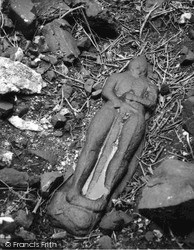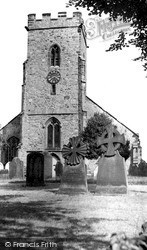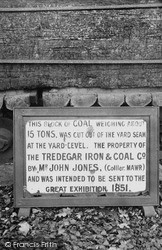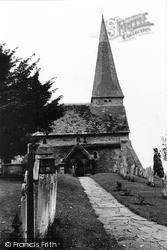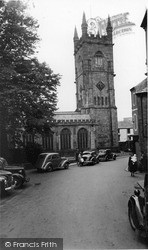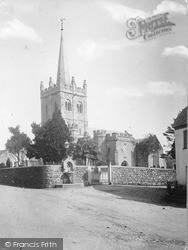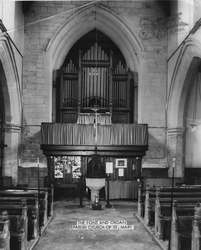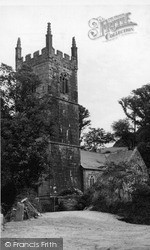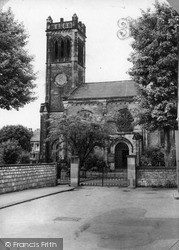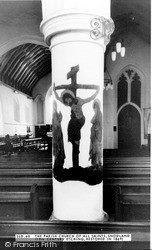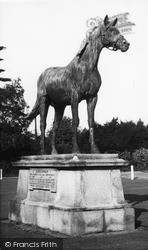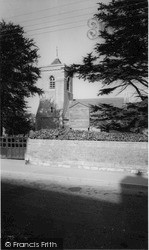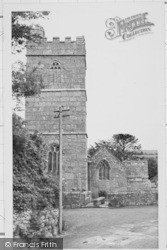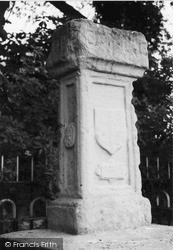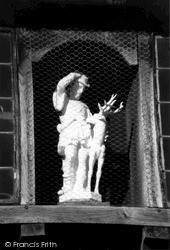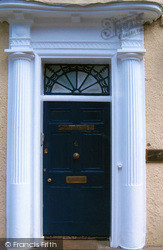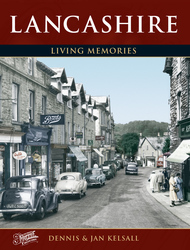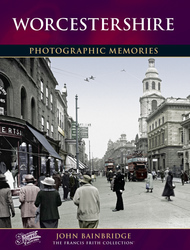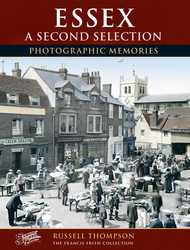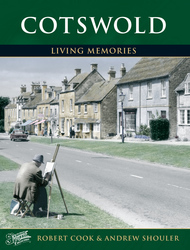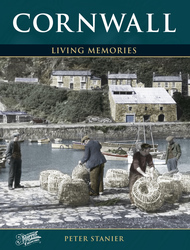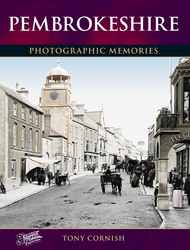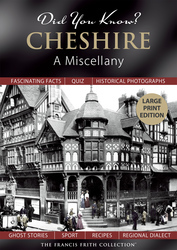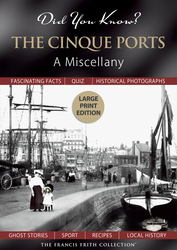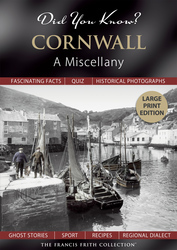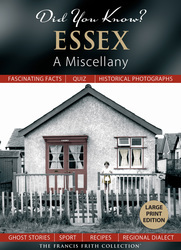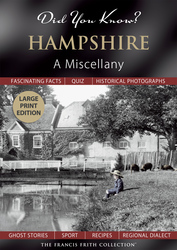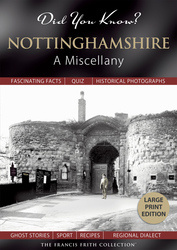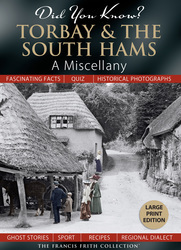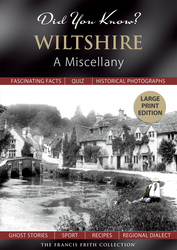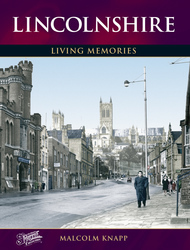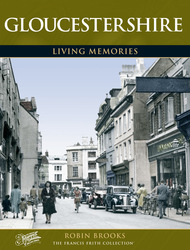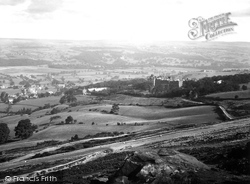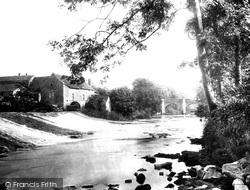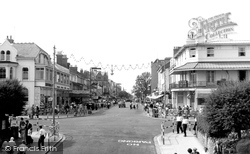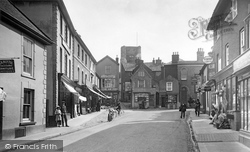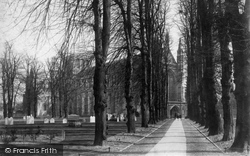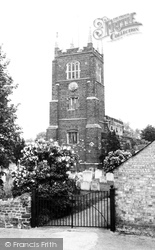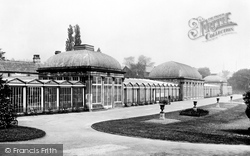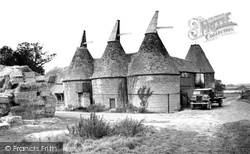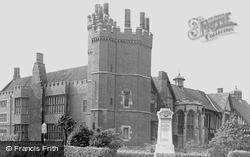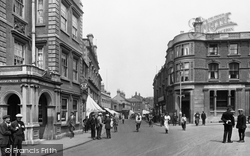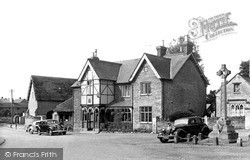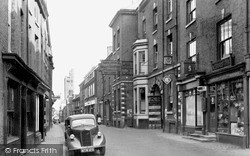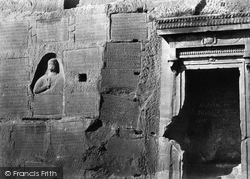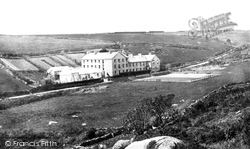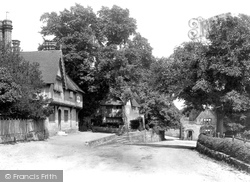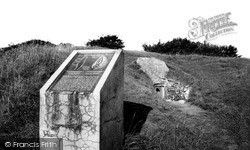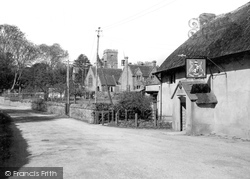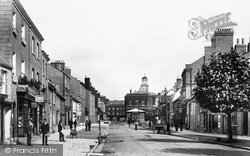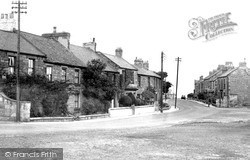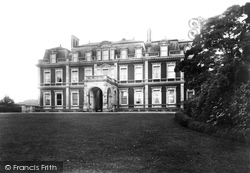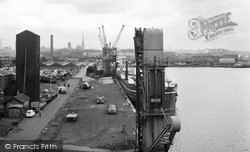Merry Christmas & Happy New Year!
Christmas Deliveries: If you placed an order on or before midday on Friday 19th December for Christmas delivery it was despatched before the Royal Mail or Parcel Force deadline and therefore should be received in time for Christmas. Orders placed after midday on Friday 19th December will be delivered in the New Year.
Please Note: Our offices and factory are now closed until Monday 5th January when we will be pleased to deal with any queries that have arisen during the holiday period.
During the holiday our Gift Cards may still be ordered for any last minute orders and will be sent automatically by email direct to your recipient - see here: Gift Cards
Places
36 places found.
Those places high-lighted have photos. All locations may have maps, books and memories.
- Shanklin, Isle of Wight
- Ventnor, Isle of Wight
- Ryde, Isle of Wight
- Cowes, Isle of Wight
- Sandown, Isle of Wight
- Port of Ness, Western Isles
- London, Greater London
- Cambridge, Cambridgeshire
- Dublin, Republic of Ireland
- Killarney, Republic of Ireland
- Douglas, Isle of Man
- Plymouth, Devon
- Newport, Isle of Wight
- Southwold, Suffolk
- Bristol, Avon
- Lowestoft, Suffolk
- Cromer, Norfolk
- Edinburgh, Lothian
- Maldon, Essex
- Clacton-On-Sea, Essex
- Felixstowe, Suffolk
- Norwich, Norfolk
- Hitchin, Hertfordshire
- Stevenage, Hertfordshire
- Colchester, Essex
- Nottingham, Nottinghamshire
- Bedford, Bedfordshire
- Bury St Edmunds, Suffolk
- Aldeburgh, Suffolk
- St Albans, Hertfordshire
- Hunstanton, Norfolk
- Chelmsford, Essex
- Bishop's Stortford, Hertfordshire
- Peterborough, Cambridgeshire
- Brentwood, Essex
- Glengarriff, Republic of Ireland
Photos
2,038 photos found. Showing results 121 to 140.
Maps
25 maps found.
Memories
Sorry, no memories were found that related to your search.
Captions
237 captions found. Showing results 145 to 168.
We are now high above the famous Cow and Calf Rocks looking down the eastern side of Ilkley with the Ben Rhydding Hydro dominating the original hamlet of Wheatley, which was renamed once the hydro opened
A guide book for 1886 states that the village had no special feature of interest to the tourist, though its situation was pleasant and that the church with its stumpy spire was charmingly placed amid a
Leading up Pier Avenue from the Marine Parade corner, the first pair of houses on the left, known as Clarence Villas, was built in 1874.
In the centre of the town is the 1728 brick-built Old Town Hall, with an open arcaded ground floor.
Founded in 1079 and consecrated in 1093, Winchester Cathedral has a vast number of treasures stored within it. Many distinguished figures lie buried here - among them Jane Austen and Izaak Walton.
St Edmund's is a 12th-century sandstone building in a typical Norman design - although the interior fittings boast a Saxon font as an indication of an earlier place of worship.
Marnock was appointed curator and he laid out the gardens in the fashionable 'gardenesque' style in which each shrub or tree was displayed to perfection in scattered plantings.
Records describe the local church in 1089 as a fragment of what it was. The abbey was dissolved in 1539, and the property was given to the Earl of Bedford.
It is suggested that the remains of Herstmonceux Castle form part of the oldest brick mansion in Britain; it was built in 1441, following a grant from the king to Roger de Fiennes to ‘embattle’
The centrepiece of the town is undoubtedly the great 15th-century mansion of the de Burghs, the Old Hall, set in a grassed square surrounded by Victorian housing.
Beyond we can see the façade of the Midland Bank, now HSBC. The neo-Georgian building beyond was to be rebuilt as the Granada Cinema (see K13065, pages 36-37).
Off a northward loop from the main road is the Three Cranes, again in the estate style with some leaded windows and some timber framing.
In this area the canal was used for the transportation of fustian, a form of rough cotton known as 'poor man's velvet' that was produced locally.
In 1871 W Harrison, secretary of the Birmingham Gas Co, certainly did his stuff; he cooked the books and made off with £18,000.When the company was dissolved, £100 was left in the kitty for
The Lock from Downstream 1890 Downstream, you reach the market town of Abingdon, once noted for its important medieval abbey, dissolved in 1538.
A tennis court was laid out for the exercise of the workers who were stationed at this lonely spot. Note also the allotment gardens behind the station.
The village is more well-known for its much-visited stately home, Penshurst Place - its entrance arch can be seen at the bottom of the lane.
This Neolithic long barrow was built around 2,500 BC, and the remains of 28 human skeletons were found when the site was excavated in 1854.
Mark Twain expected his perfect piece of England to have a castle and the odd ruin.
This is looking northwards up South Street, to Stag House at the top end of West Street and the Town Hall (centre).
In 1722 an ecclesiastical court found a certain Lady Horne guilty of slander. Lady Horne happened to be the wife of the Governor, who was none too pleased.
Crowley was ahead of his time; he built cottages for his workers and the community had the serv- ices of a doctor, schoolmaster and a parson.
This imposing 17th-century mansion was originally designed by Sir Christopher Wren for Henry Guy, and was formerly a home of the Gore family, before being purchased by the Rothschild banking family
Having Avenham Park in the background does enhance the pleasure of a walk over the bridge. Avenham Tower can be seen in the trees to the right, and the paths lead away to Frenchwood.
Places (6814)
Photos (2038)
Memories (0)
Books (431)
Maps (25)


